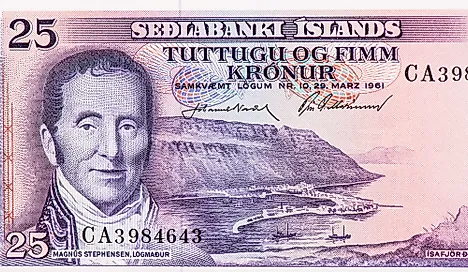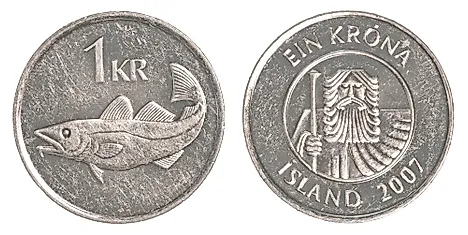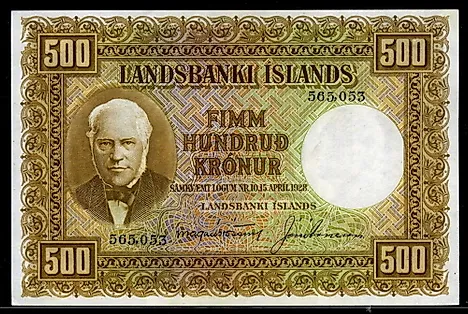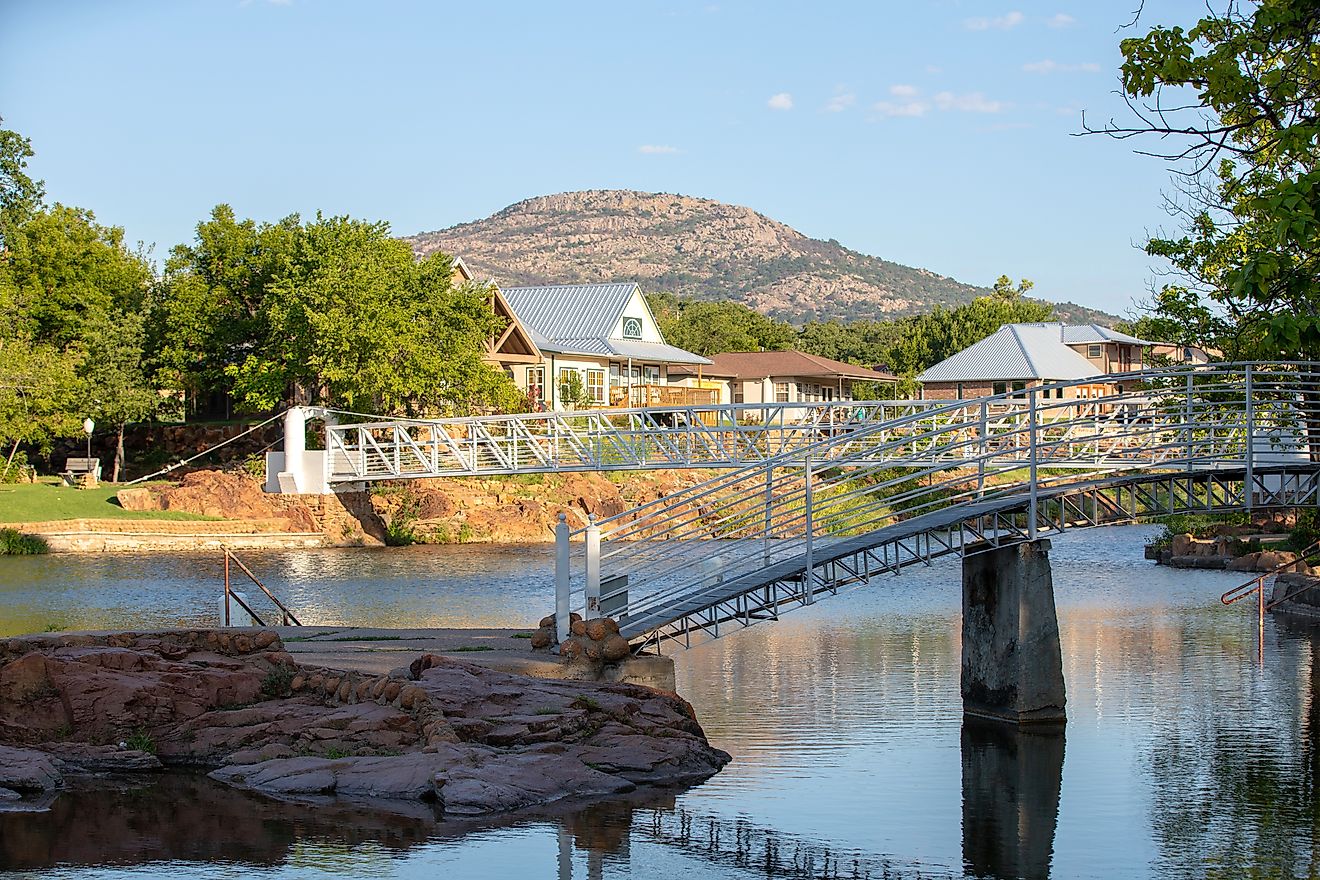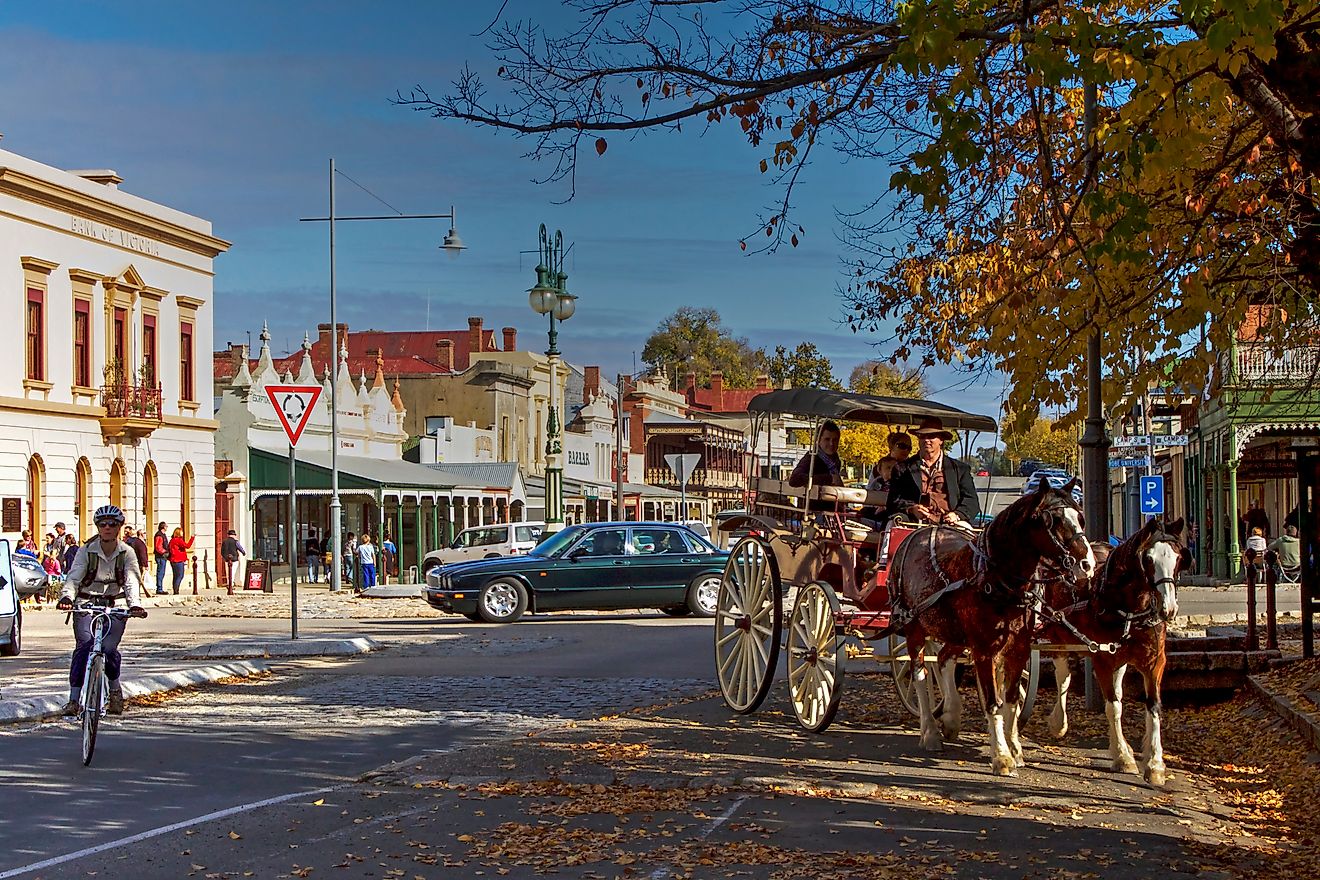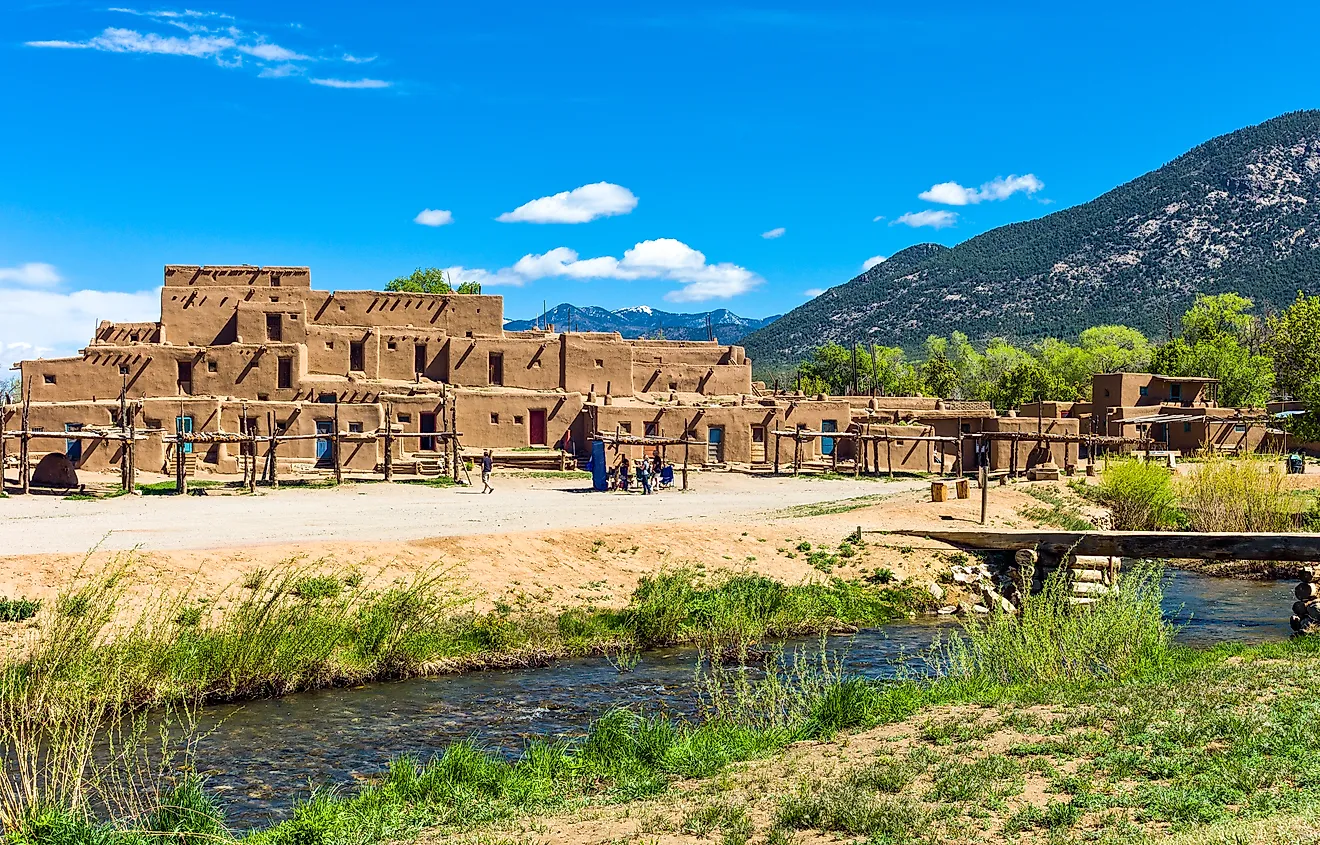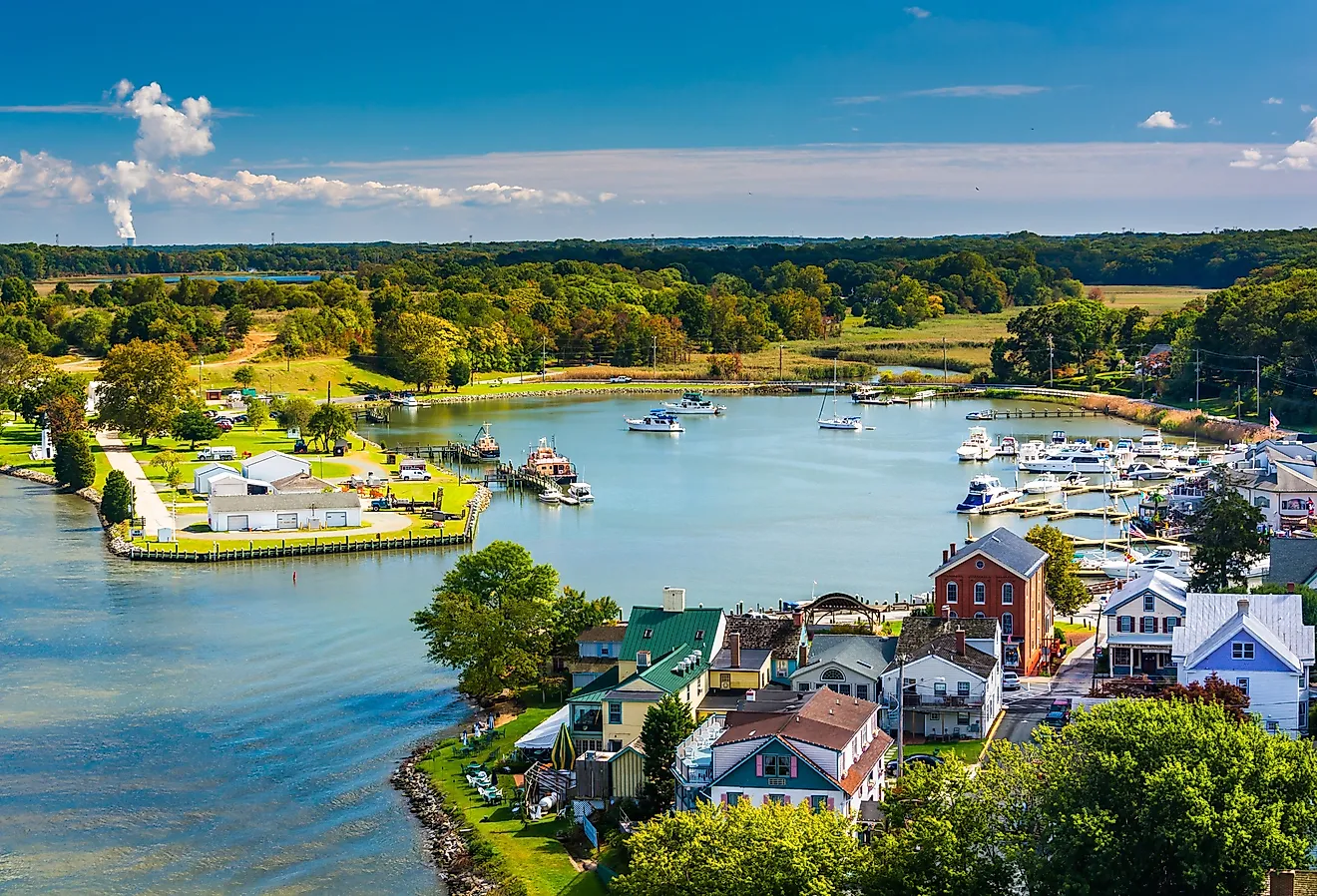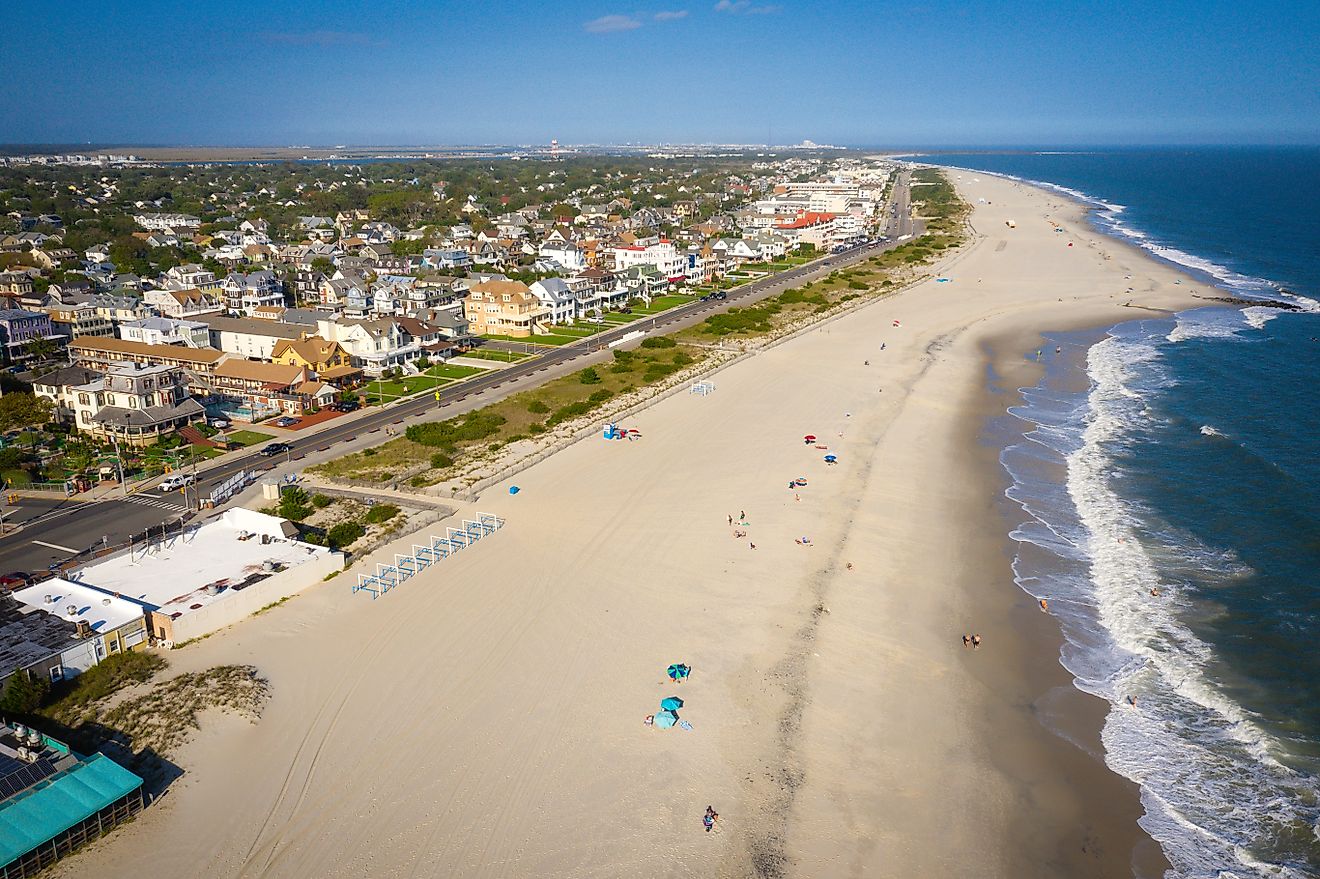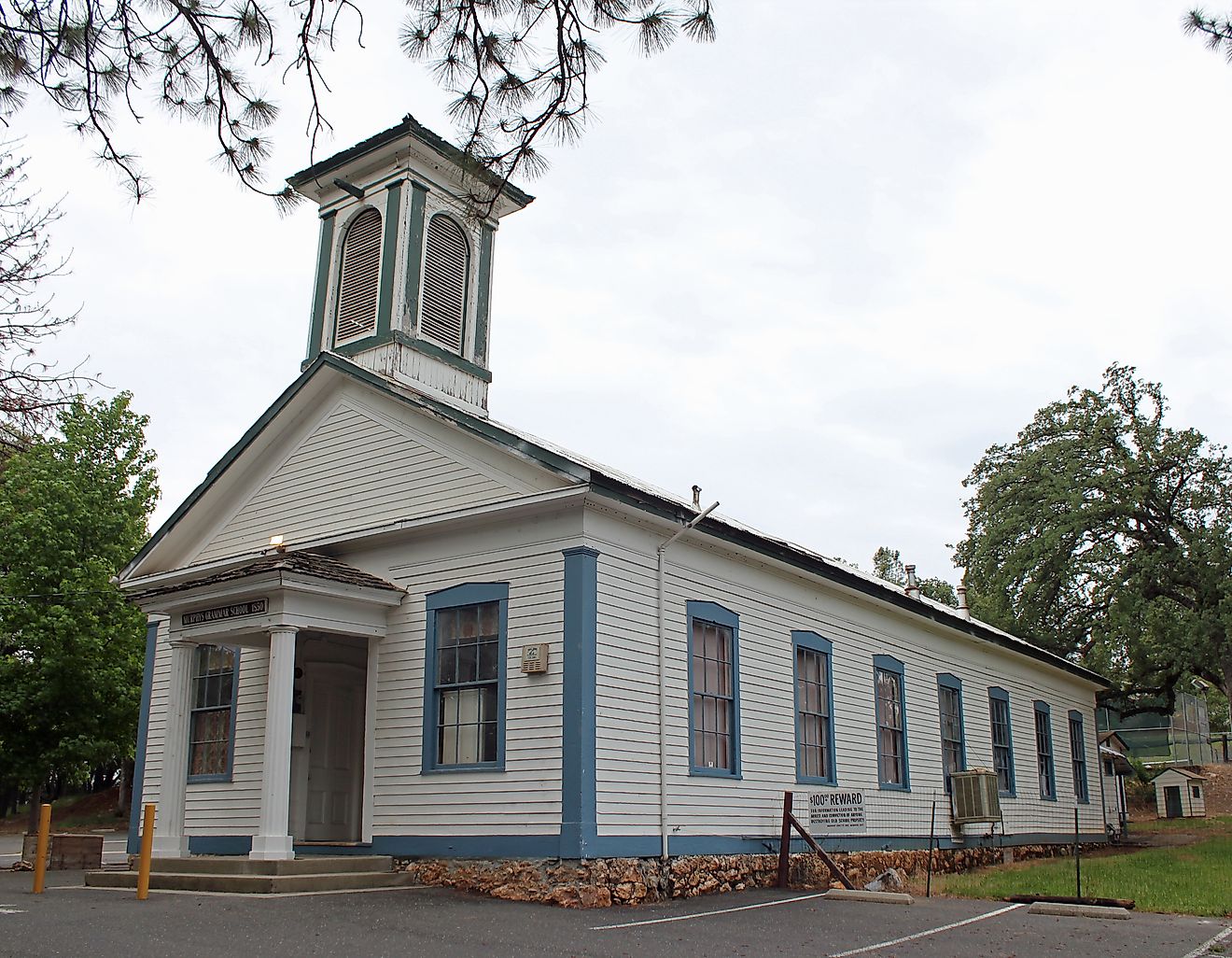Flags, Symbols, & Currencies of Iceland
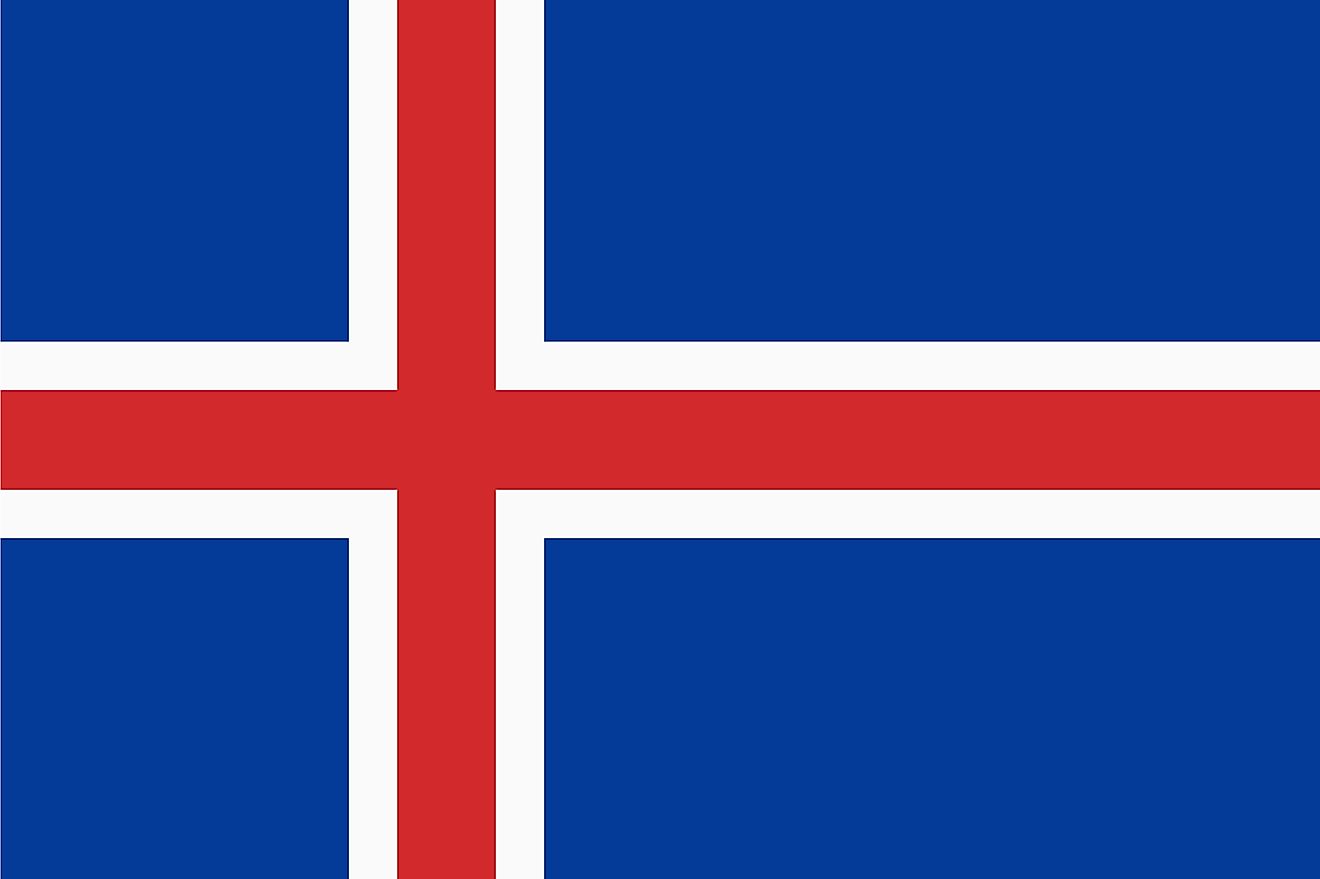
The national flag of modern Iceland was officially adopted by law when the country became republic on June 17, 1944. However, this was not the first time a flag was used to represent the region. In 1897, a flag with a deep blue background and a white cross was displayed in a parade as Iceland’s first national flag. The design of the current flag incorporates a red cross within the white cross used in the original flag, and was introduced in 1915. The newly designed flag served as the national flag when Iceland gained independence from Danish rule in 1918.
The flag of Iceland features a blue field with a red Nordic cross that has white edges and extends to the edges of the flag. The vertical part of the cross is located towards the hoist side of the flag in the style of the Dannebrog (Danish flag). According to popular belief, the blue color of the flag represents the color of the mountains when viewed from the coast and the surrounding Atlantic Ocean. The white color symbolizes the ice and snow that covers most of Iceland throughout the year. The red color is believed to represent the volcanoes of the island nation. The cross featured on the flag is a Christian symbol. The national flag of Iceland has a height to length proportion of 18:25.
Flag Days in Iceland
Laws in Iceland list certain days as nationally sanctioned flag days, on which all state buildings must raise the flag. On these days, with the exception of Good Friday, the flag must be fully drawn. On Good Friday, the flag is to be drawn at half-mast. Some flag days of Iceland include Easter, New Year’s Day, 1 May, Icelandic National Day, Icelandic Language Day, Christmas day, and Pentecost.
Symbols of Iceland
National Coat of Arms of Iceland
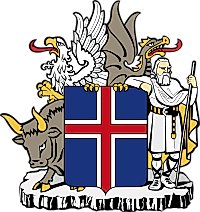
The national coat of arms of Iceland consists a shield bearing a design of national flag of Iceland supported by four protectors standing on a columnar basalt block. The four protectors of Iceland are the bull, the eagle, the dragon, and the rock giant. These are the four protectors of the four corners of Iceland, including northwestern (bull), northeastern (eagle), southeastern (dragon), southwestern Iceland (rock-giant).
National Anthem
- Anthem Title: Lofsöngur (Hymn) or also known by its alternate title, Ó Guð vors lands (O, God of Our Land)
- Composer: Sveinbjörn Sveinbjörnsson
- Lyricist: Matthías Jochumsson
- Year of Completion: 1874
- Date of First Performance: August 2nd, 1874
- Date of Adoption: 1944
The national anthem of Iceland is Lofsöngur (Hymn). It has the alternate title of Ó Guð vors lands (O, God of Our Land). Only the first stanza of the anthem is usually sung, but it was written and composed with three stanzas. Prior to officially adopting Ó Guð vors lands as a national anthem, Icelanders would often sing Eldgamla Ísafold by Bjarni Thorarensen instead. However, Eldgamla Ísafold was set to the tune of Britain's national anthem and had lyrics that were anti-Danish. When sovereignty in Iceland was proclaimed in 1918, Ó Guð vors lands was played as the national anthem.
It was originally written for the commemoration of the 1000th year of Iceland's first settlers, the Norse. By decree of the Bishop of Iceland, all masses during the nationwide celebrations should have sermons from Psalm 90, verses l-4 and 12-17. The text from the verses inspired Rev. Matthías Jochumsson to write the lyrics to the anthem while he was spending the winter of 1873-1874 in Britain. He then travelled to Scotland to meet with Sveinbjörn Sveinbjörnsson, the first native Icelander to have a career in music.
The song's music was partly composed in 15 London Street in Edinburgh, Scotland as Sveinbjörn Sveinbjörnsson was living and working there at the time. To commemorate this, a memorial plaque is placed outside the house on London Street. The anthem's first performance was on August 2nd, 1874 at the Reykjavík Cathedral. King Christian IX of Denmark was present during the event, being the first ruling monarch to ever set foot in the country. It was also during this time that he presented Iceland with a constitution that changed their legal status as a country, something that was vocal in helping the country regain its independence.
Lofsöngur or Ó Guð vors land (Icelandic)
Ó, guð vors lands! Ó, lands vors guð!
Vér lofum þitt heilaga, heilaga nafn!
Úr sólkerfum himnanna hnýta þér krans
þínir herskarar, tímanna safn.
Fyrir þér er einn dagur sem þúsund ár,
og þúsund ár dagur, ei meir;
eitt eilífðar smáblóm með titrandi tár,
sem tilbiður guð sinn og deyr.
Íslands þúsund ár,
Íslands þúsund ár!
eitt eilífðar smáblóm með titrandi tár,
sem tilbiður guð sinn og deyr.
Hymn (O, God of Our Land)
Oh, God of our country! Oh, our country's God!
We worship Thy name in its wonder sublime.
The suns of the heavens are set in Thy crown
By Thy legions, the ages of time!
With Thee is each day as a thousand years,
Each thousand of years, but a day,
Eternity's flow'r, with its homage of tears,
That reverently passes away.
Iceland's thousand years,
Iceland's thousand years!
Eternity's flow'r, with its homage of tears,
That reverently passes away.
The Currency of Iceland is the Icelandic krona
Iceland’s official currency is the Icelandic krona. The history of this currency indicates that its subdivisions consisted of 100 aurar which are not currently used.
Coins
The first coins of Iceland’s currency were issued in 1922 in denominations of 10 and 25 pieces of aurar. Later in 1925, the 1 krona piece and 2 kronur pieces came into circulation, and in 1926 coin denominations of 1, 2 and 5 aurar pieces were issued. There was a change in the design of coins in 1946 which involved the removal of the royal monogram (CXR) because Iceland had gained independence in 1944. From 1967, a new series of coins was introduced as a result of the devaluation of the krona. The coins included 10 kronur (in 1967), 50 kronur (in 1969), and 5 kronur (in 1969). In 1970, there was the issuance of the 50 kronur pieces.
Banknotes
In 1885, the first banknotes of Icelandic krona were introduced in 5, 10, and 50 kronur denominations. 100 kronur notes were issued in 1904 when the Bank of Iceland began to manufacture banknotes. In 1921, the notes of 1, 5, 10, and 50 kronur denominations were in circulation produced by Rikissjoour Islands.
In 1928, Landsbanki Islands issued notes in denominations of 5 kronur and above. The bank also gave out notes of 500 kronur in 1935 and banknotes of 25 and 1000 kronur in 195. In 1961, the Central Bank of Iceland introduced notes in the denominations of 10, 25, 100, and 500 kronur produced by De La Rue in England.
Second Krona (1981 to date)
Revaluation of the Icelandic krona took place in 1981 following high inflation during the period. After the revaluation, 1 new krona was equivalent to 100 old kronur. The introduction of the new coinage system took place in 1981 for 5, 10, and 50 aurar and 1 and 5 krona denominations.
Other denominations that came afterward include 10, 50, and 100 kronur issued in 1984, 1987, and 1995 respectively. Banks in Iceland have not accepted the coins in aurar denominations since 2003.
The second series of Icelandic krona banknotes began in 1981, and it consisted of 10, 50, 100, and 500 kronur denominations. In 1984, the denomination issued was 1000 kronur and 2 years later the 5000 kronur notes came into circulation. In 1994, there was re-issuance of 100, 500, and 1000 kronur notes. The 2000 kronur notes were issued one year later. From 2006, the Icelandic krona notes in circulation consisted of 500, 1000, 2000, and 5000 kronur notes.
Historical Currencies of Iceland
First Krona
The first krona was used during the period of 1874-1981 and it was called the Danish krone. One year after beginning circulation, Iceland introduced its banknotes. In 1922, Icelandic krona underwent a 23% devaluation against the Danish krone. The krona was pegged to the British pound from 1925 to 1939 and to the US dollar for ten years. The krona coins were minted in the denominations of 1, 2, 5, 10, and 25-aura pieces, and 1 and 2-krona coins. Banknotes were issued in the denominations of 10, 25, 100, and 500-krona notes.
